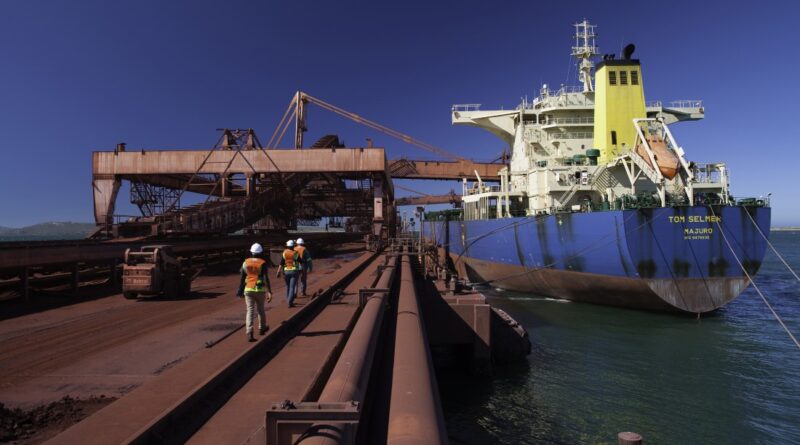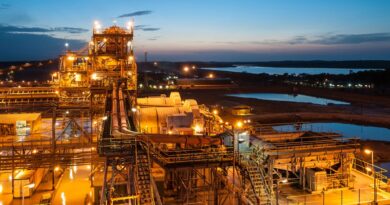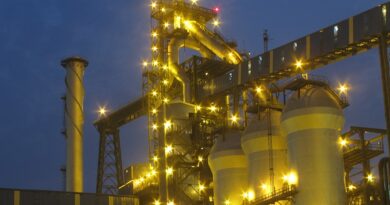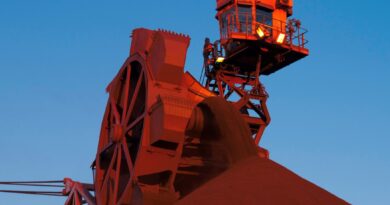Kumba production demonstrating ongoing operational stability Q4 2022
Solid performance demonstrating ongoing operational stability, while Kolomela’s performance is improving, ensuring that both of our operations are well set up for 2023.
However, Transnet’s logistics remain a concern with poor performance continuing subsequent to the two-week wage strike in October 2022 and the annual maintenance shutdown in November 2022. This limited production to 10.0 Mt, representing an increase of 3% in Q4 2022, while sales decreased by 35% to 6.9 Mt, largely due to Transnet’s performance.
For the full 2022 year, production of 37.7 Mt and sales of 36.6 Mt were in line with revised guidance (c.37 Mt and 36-37 Mt, respectively). Currency weakness contributed positively to C1 costs of US$40 per tonne ending the year better than guidance (c.US$44 per tonne).
“Kumba’s premium product quality and geographically diverse customer base contributed to an average realised price of US$113 per wet metric tonne (wmt) for the year, 13% above the benchmark price of US$100/wmt. Kumba’s value-based strategy positions us positively in current volatile markets and ensures that we have a firm foundation to build on for a sustainable future.”
Mining and production
The focus on the stability and capability of operational processes continued to drive improvements in performance. Waste stripping increased by 2% to 55 Mt in Q4 2022 (Q4 2021: 54.1 Mt), due to a 5% increase at Sishen to 39.8 Mt (Q4 2021: 37.8 Mt), partly offset by a 7% decrease at Kolomela to15.3 Mt (Q4 2021: 16.4 Mt).
Compared to the previous two quarters of the year, Kolomela has progressively improved with waste mining increasing by 41% in Q3 2022 (Q2 2022: 8.8 Mt) and by 23% in Q4 2022, (Q3 2022: 12.4Mt).
Total production increased by 3% to 10.0 Mt in Q4 2022 (Q4 2021: 9.7). Sishen’s production increased by 7% to 7.0 Mt (Q4 2021: 6.5 Mt) underpinned by improved feedstock stability, while Kolomela’s production decreased by 7% to 3.0 Mt (Q4 2021: 3.2 Mt). This was largely as a result of industrial action at Transnet combined with poor rail performance following the annual maintenance shutdown, which led to further build-up of stock at the mines, necessitating a curtailment in production.




